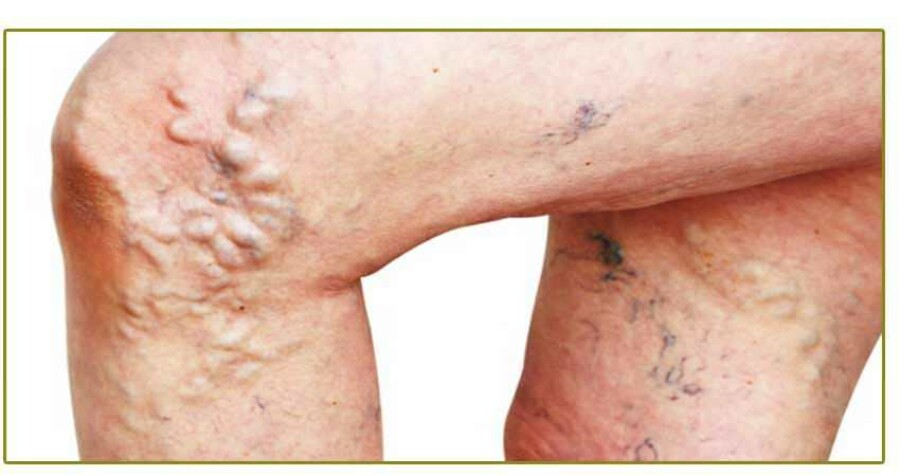Leg Pain and the Holiday Season

As the holiday season approaches many travelers will soon clog highways and airports. No matter what the mode of transportation, sitting motionless for long periods may put some travelers at increased risk for deep vein thrombosis (DVT), a blood clot in a vein deep within the muscles, usually in the calf or thigh. But people can reduce their risk of getting DVT by taking some simple precautions on long trips.
[gallery link="file" columns="1"]
About one out of every 1,000 Americans develops DVT each year. Symptoms include a swollen, painful leg, usually in the calf but DVTs can be silent, producing no noticeable signs. In certain cases when a piece of thrombus (blood clot) breaks off and goes into the lungs the consequences can be deadly. This complication of DVT, known as pulmonary embolism, was brought to public attention in 2003 when it caused the death of 39 year old NBC reporter David Bloom. Bloom had spent long hours reporting the war in Iraq from the cramped quarters of a military vehicle. Earlier this year, vice president Dick Cheney also was also diagnosed with a DVT but was fortunate not to have serious complications.
Any long period of immobility – such as being bedridden from illness, recovering from surgery, or sitting for extended periods while traveling – is a risk factor for DVT and pulmonary embolism. DVT can also develop in other instances when the blood flow in the legs is restricted and slows down. Restricted flow may occur with certain types of cancer and cancer treatment, obesity, inherited clotting disorders, pregnancy, and damage to the veins following injury.
DVT has been known as economy-class syndrome, because of the lack of legroom in economy class airline seating. But it can happen to passengers in any seating class of an aircraft. It can also happen to people on long rides in cars, trains, or buses. In instances where you will be immobile for periods of time you need to take precautions. A one-hour flight wouldn’t be a problem but a 10-hour flight could be a big problem if a person sits inactive the entire time. It is important to get up and walk during the flight. When you walk, the muscles of the legs squeeze the veins and move blood to the heart.
Another way to help move blood to the heart is to wear compression stockings, which put gentle pressure on the leg muscles. Studies in healthy people have shown that wearing compression stockings minimizes the risk of developing DVT. These stockings are available at medical supply stores.
Other precautions are avoiding regular socks with very tight elastic bands at the top and sitting with your legs crossed for long periods of time, which constricts the veins. Also travelers should walk around frequently to exercise their legs by curling or pressing the toes down, during connections, which causes the muscles to contract and squeeze on the leg veins, helping to pump the blood along. Drinking plenty of fluids to prevent dehydration can help. Dehydration causes blood vessels to narrow and blood to thicken, increasing the risk for DVT. Reducing alcohol and coffee consumption, which both contribute to dehydration, is also recommended. When traveling by car or train the same prevention methods apply.
The symptoms of venous insufficiency are closely related to those of DVT. If you have pain and swelling during long periods of sitting or standing or swelling at the end of the day, it is more likely that you have venous insufficiency, which is an issue with the valves in your leg not working properly. If left untreated, venous insufficiency can lead to serious issues such as leg ulcers or blood clots. It is important to see a vein specialist to determine if you are suffering from a DVT or venous insufficiency. Have a safe, happy and healthy holiday season!